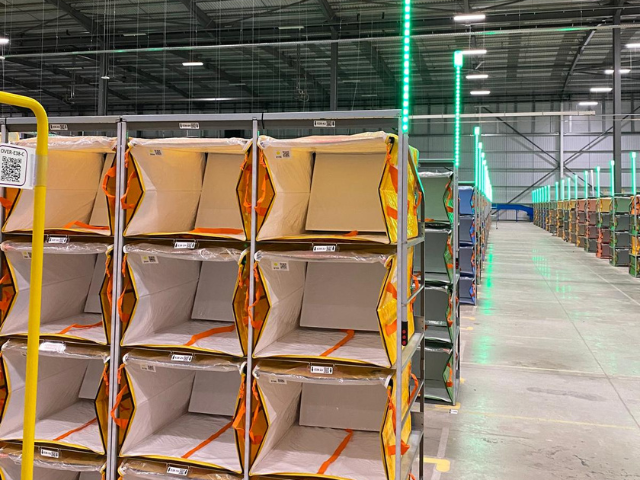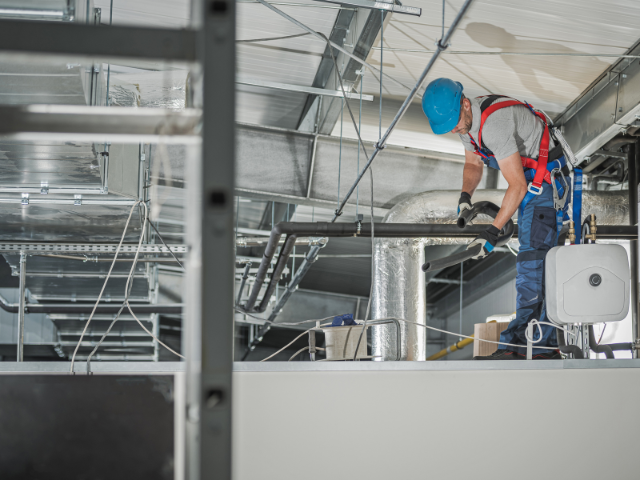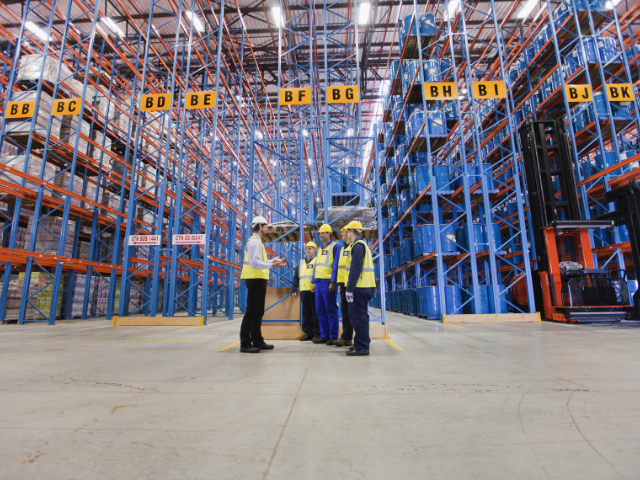Warehouse operators across the UK and EU are under constant pressure to expand, reconfigure, or optimise their facilities to meet growing demand, increase efficiency, or introduce automation. However, these changes often require significant electrical and data infrastructure work, which, if poorly managed, can disrupt operations, lead to downtime, and result in lost revenue.
In large warehouses or logistics centres where tight delivery schedules and 24/7 operations are common, any downtime can have immediate and costly consequences. Research from Logistics Manager shows that downtime during warehouse reconfigurations, even when planned, can reduce operational output by up to 30%, directly impacting customer satisfaction and profitability.
Why Warehouse Configuration Carries Risk
The modern warehouse is a highly connected, technology-driven environment. Whether it’s installing new racking, expanding storage areas, integrating automation, or reorganising workflows, these projects inevitably require:
- Electrical infrastructure upgrades
- Data cabling extensions or reconfigurations
- Power supplies for new equipment
- Power supplies for new equipment
- Relocation of existing services
If these works aren’t carefully coordinated, they can lead to:
- Unplanned downtime, halting warehouse operations
- Network outages, disrupting Warehouse Management Systems (WMS) and IoT devices
- Safety risks, with live systems exposed during installation works
- Missed project deadlines, affecting business operations and growth plans
The Growing Demand For Warehouse Configurations
Warehouse operators across the UK and Europe are rapidly evolving to stay competitive, including:
- Expanding floor space to accommodate more inventory
- Introducing automated storage, picking, and sorting systems
- Reorganising workflows for faster fulfilment and dispatch
- Integrating smart warehouse technologies and IoT solutions
According to Statista, the global warehouse automation market is projected to reach $41 billion by 2027, doubling in size as more operators invest in modernising their facilities.
Without careful electrical and data planning, these upgrades can quickly disrupt existing operations, affecting everything from goods-in processes to order dispatch and customer service levels.

Minimising Downtime During Electrical & Data Works

To avoid operational disruptions, infrastructure works must be carefully planned and delivered with minimal impact on daily operations. Proven methods include:
- Project-managed infrastructure works, with dedicated oversight and collaboration with operational teams
- Phased installations, targeting specific areas to keep the rest of the warehouse fully operational
- Temporary power and data solutions, ensuring critical systems like WMS and IoT devices remain online
- Out-of-hours working, completing disruptive tasks during low-activity periods
These approaches help maintain continuity across your warehouse, even while significant infrastructure changes are underway.
Reconfigurations, Future-Proofing & Net Zero Goals

Many warehouse reconfiguration projects are also driven by the need to improve efficiency, reduce energy consumption, and align with the UK’s legally binding commitment to reach Net Zero by 2050.
Electrical and data upgrades play a key role in this transition by enabling:
- Energy-efficient LED lighting installations
- Smart energy monitoring and building management systems
- Automation and robotics to reduce manual processes and energy waste
- IoT connectivity for real-time data and environmental monitoring
These infrastructure improvements reduce carbon emissions, support sustainability targets, and ensure your warehouse remains competitive.
Final Recommendations For Warehouse Operators
Warehouse expansions and reconfigurations are essential for staying competitive, but they come with significant operational risks if infrastructure works are poorly managed.
To protect operations and maximise project success:
- Begin with detailed infrastructure assessments to understand existing electrical and data capacity
- Collaborate early with experienced electrical and data teams to plan upgrades
- Phase installations around operational schedules to minimise disruption
- Use temporary power and data systems to maintain continuity
- Integrate upgrades with wider efficiency, automation, and sustainability plans
With proper planning, warehouse upgrades can happen safely, efficiently, and with minimal disruption — supporting both immediate growth and long-term operational resilience.
For operators considering expansion or modernisation, engaging experienced infrastructure specialists early helps avoid costly mistakes and ensures your warehouse is ready for future demand.
Speak With An Expert
Submit your details below and we’ll be in touch.


